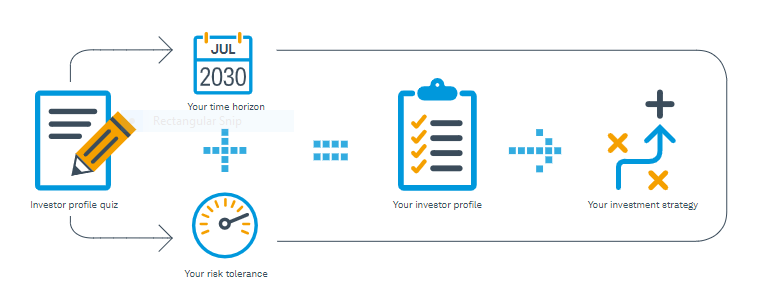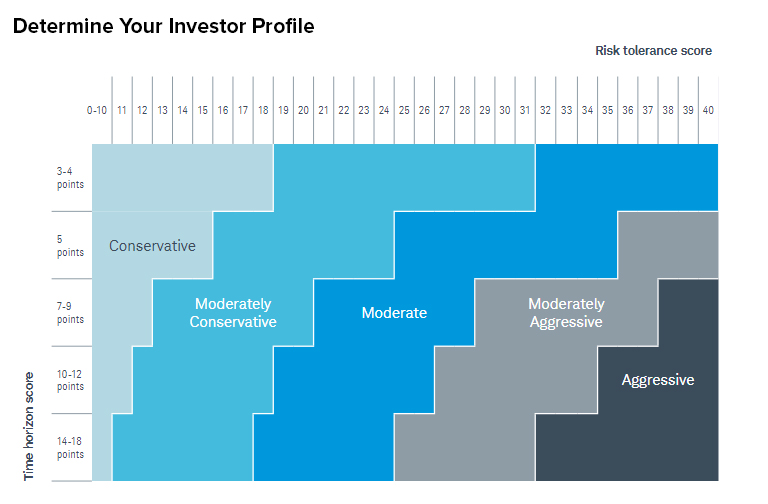What Type of Investor are You?
Are you conservative, preferring little risk in your investments? Or do you like to be aggressive, willing to risk capital, in exchange for a higher return? Maybe your comfort level is somewhere in-between. But where? At what level of risk are you comfortable investing?
The problem is, your image of what kind of investor you are may not be accurate. One person’s moderate approach to investing may be seen as aggressive to another. So how do you accurately measure your tolerance for risk against desire for high returns? The Investor Profile Questionnaire will give you a personalized risk score.
Here is How it Works
Every Investor is an Individual

What is your risk number?
Align Your Investments with Your Risk Score
We then build an investment portfolio to match your Risk Score and chart a clearly defined path to your goals.
Click below to find out your Risk Score in just five minutes and start your journey to peace-of-mind investing.


